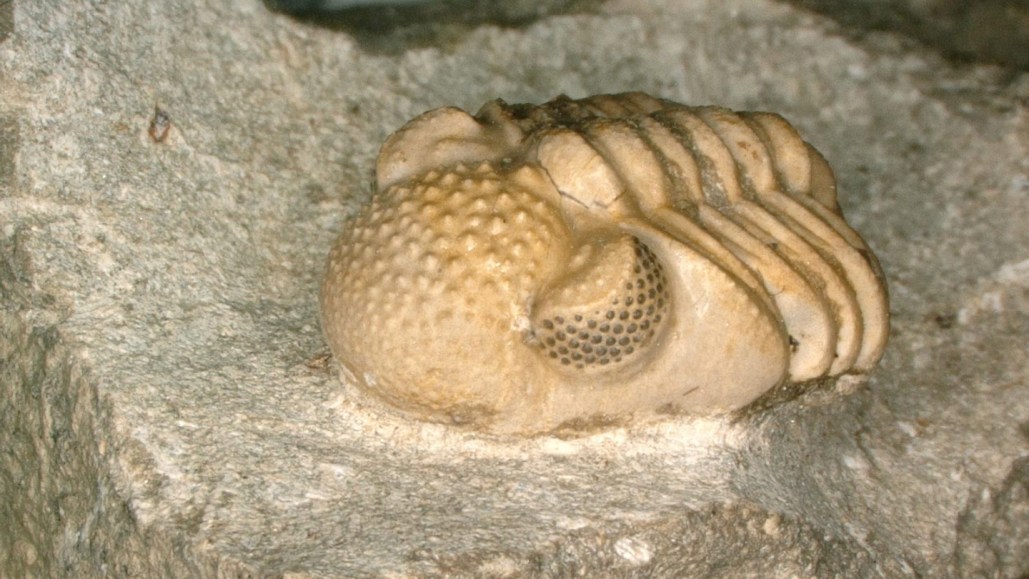Scientists Mesmerized by Trilobite Eyes 50 Years Ago

The remarkable eye structure of trilobites demonstrates an incredible early instance of evolution, as reported in Science News on February 2, 1974.
As the most advanced eye lenses ever found, trilobites' lenses are unmatchable in today's arthropods because they originated at a time when trilobites had already become a distinct group destined for extinction. Despite the extraordinary visual capability bestowed upon trilobites by nature, we remain uncertain of the extent to which they utilized it.
Trilobites, an extinct group known to include around 20,000 species, had lenses that are similar in form to some types of telescope lenses. This finding comes from the examination of the lenses from 1974 that belongs to a trilobite type known as phacopids. This implies that phacopids could focus on objects located at various distances within their visual field. According to a recent fossil analysis, the optical capacity of these creatures was even more phenomenal than previously believed. It appears that phacopids had two compound eyes, similar to those of flies and other insects. Nevertheless, each eye was composed of around 200 smaller units capable of aiding the trilobites in detecting light in the dim depths of ocean water, researchers have revealed in 2021.




